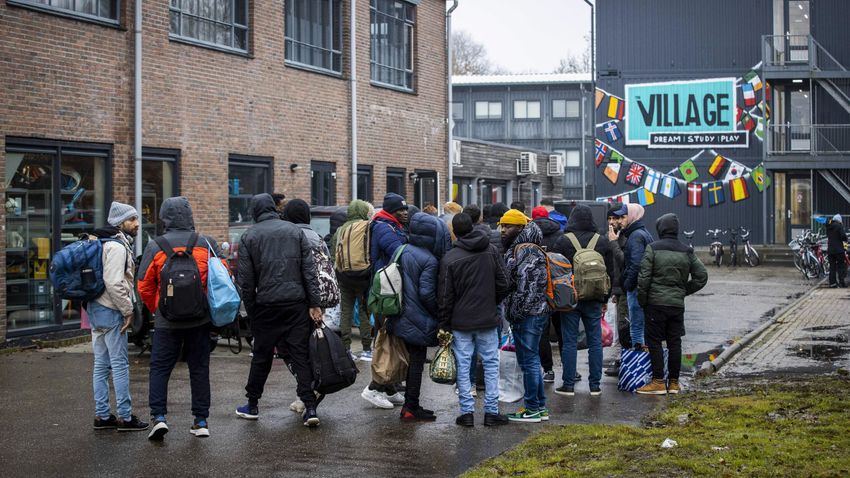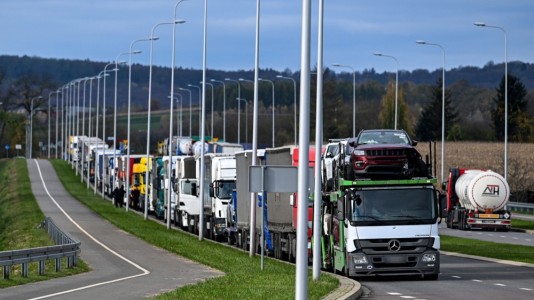The Austrian government’s integration report, published last week, shows that 27.2 percent of residents are of foreign origin: first-generation immigrants or born in Austria to foreign parents, up from 19.4 percent in 2013. Despite the rapid demographic changes, ministers from the center-right and Green coalition government are pushing for continued immigration.
In the report compiled by the Austrian authorities, Germans (232,700), Romanians (153,400) and Turks (124,100) top the ranking of the main immigrant population groups. The same report shows that 112,300 people applied for asylum in 2022 alone, driven by a surge in Afghan and Syrian migrants, the European Conservative news portal reports by way of V4NA.
“Austria is only growing thanks to immigration,” said Tobias Thomas, director general of the Austrian statistical office, in a report published this week. The Austrian population is expected to pass the 10 million mark by mid-century, despite a falling birth rate (1.48 children per woman).
Susanne Rabb, the center-right integration minister of the Austrian People’s Party (ÖVP), responded to the report, saying it is “proof” that more immigration is needed.
However, the data tells a different story. While labor market needs are cited as an argument for more immigration, the report reveals that employment rates among some immigrant communities are significantly lower than the national average (74.1 percent).
Furthermore, AI advances over the coming years are expected to lead to mass unemployment and government intervention in order to prop up the labor market. A report from Goldman Sachs stated that up to 300 million full-time jobs are expected to be lost in Europe and the United States by 2030.
Only 44 percent of Syrian and Afghan men are active in the labor market, compared to 26.3 percent of women from the same background.
The report also shows that a large proportion of asylum seekers are illiterate, with 23 percent unable to read and write in their mother tongue.
The Austrian newspaper Exxpress also reports that government statistics show that 45 percent of suspected criminals are foreign nationals.
However, according to Integration Minister Rabb, “the Austrian asylum brake is working.” The aim of the refugee brake is to curb immigration so as not to overburden the asylum system.
Last year, Austria recorded a 41 percent drop in asylum applications, a European outlier. This is an improvement compared to previous years in which Austria was one of the largest recipients of asylum seekers during the post-2014 European migration crisis.
In recent months, the influx of migrants from the Balkans northwards has prompted Austrian authorities to try to restrict family reunification and — despite fierce opposition from Green politicians — to introduce DNA testing to establish whether alleged family links are genuine.
However, the right-wing Freedom Party of Austria (FPÖ) said that the DNA testing policy is mostly already in place and is ineffective. The party is thus calling for a complete ban on family chain migration.
At the European level, Austrian Chancellor Karl Nehammer (ÖVP) is trying to pioneer a version of the UK’s “Rwanda plan,” under which asylum seekers would have to stay in a third country until their claims are processed.






